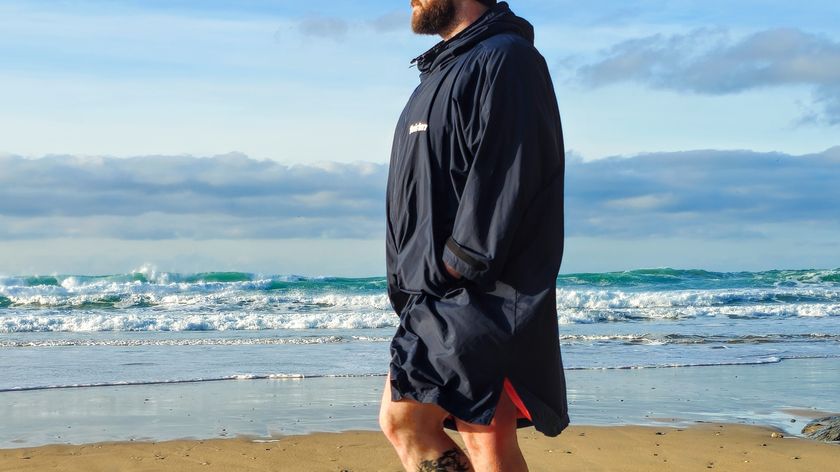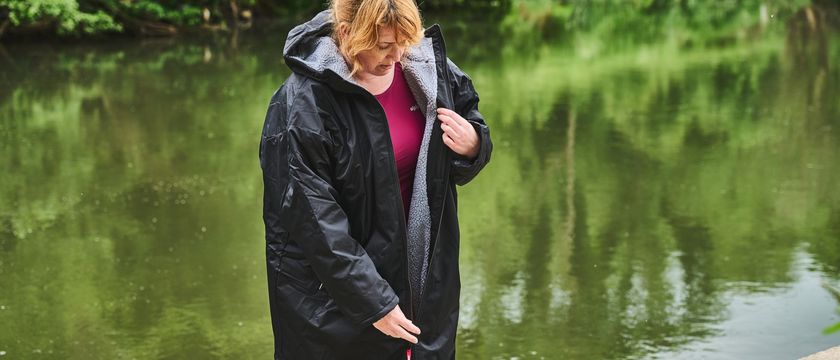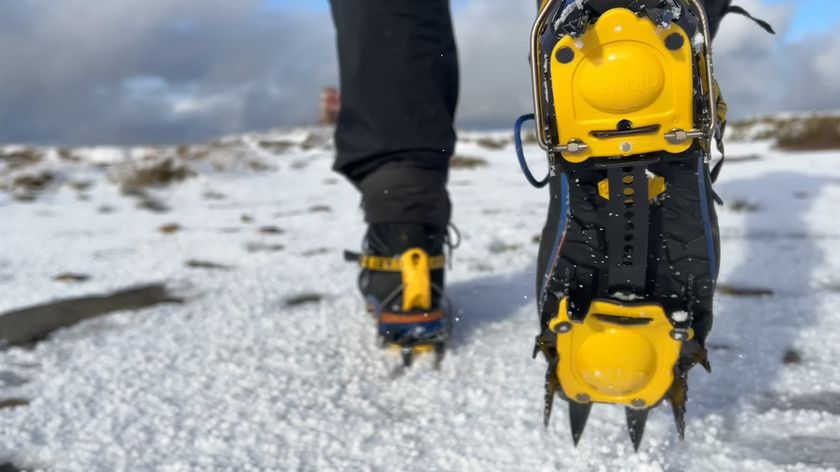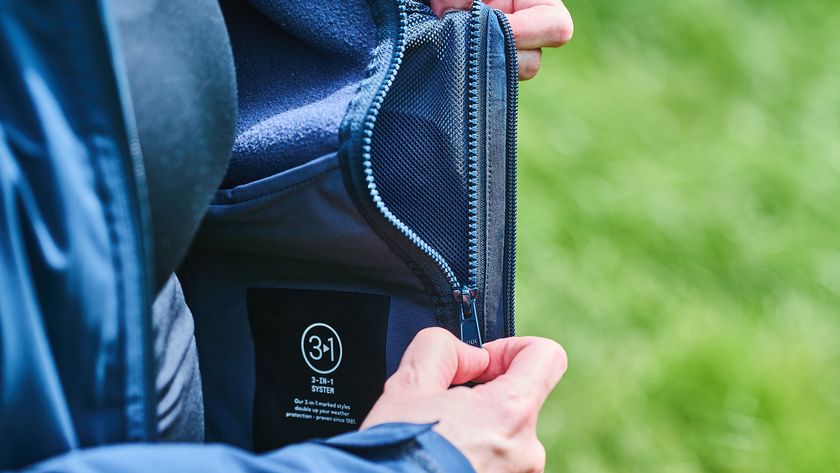How to choose the right fishing hook: J-hooks, circle hooks, barbed v barbless, and everything else you need to know
Whatever your preferred catch, knowing how to choose the right fishing hook is key to improving your haul
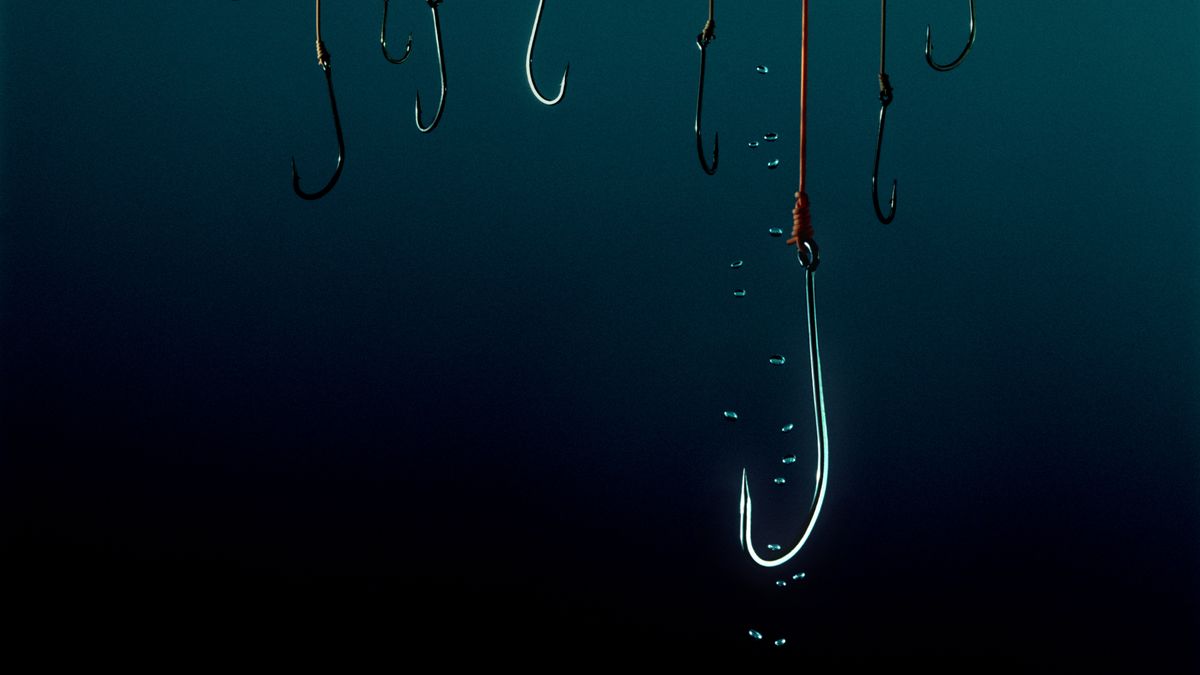
Why spend time learning how to choose the right fishing hook from the many options available? Surely a hook is a hook, right? A simple device that’s been around for thousands of years.
But modern variants, enabled by the development of stronger, hardier materials have spawned a wide range of different patterns, all with specific applications.
Considering the hook is the most important part of your connection to a fish on your fishing line, it’s important to use the right pattern for the job or, simply, that catch shot will not be finding its way into your photo album.
Too small a hook, too big, too weak, barbless, barbed, single, circle, double, treble; the incorrect use of any of these might see you have a poor day’s fishing whereas the correct pattern will hook your target species the way its intended and won’t bend out or find a hold because it’s too small or large.
In order help you understand how to choose the right fishing hook, let’s run through the different types of hook available and the situations when it’s most useful, and times when it’s best to avoid a particular pattern along with any other considerations.
When to use a J-hook
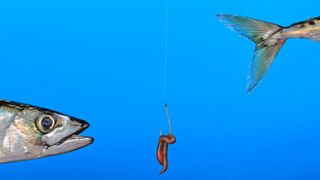
The most common type of hook used in fishing is known as a J-hook, because it’s shaped like the letter J. Most J-hooks have a sharp point, round bend and long shank extending up in parallel to the point and ending with a small eye to thread the leader line through.
A J-hook can be universally used for just about any sort of fish and is a good all-round choice for a lot of situations, especially with small baits in freshwater or saltwater, on lures of every size and on a lot of basic fishing rigs like a Dropshot, Carolina or Texas Rigs.
Advnture Newsletter
All the latest inspiration, tips and guides to help you plan your next Advnture!
A J-hook works well because the upward facing single point has a good chance of hooking the fish when it takes the bait and the shank is easy to grip when removing with fingers or pliers. It’s easy to thread the bait onto the hook – a piece of worm or small strip of fish, for example – but some fish have a tendency to swallow J-hooks and baits, in which case some care may be needed for removal.
A J-hook is really the jack of all trades in the hook world and available in every form and permutation you can think of, so it’s a good bet for any sort of fishing, especially when you’re looking to keep fish for the table or are confident with your hook removal skills.
When to use a circle hook
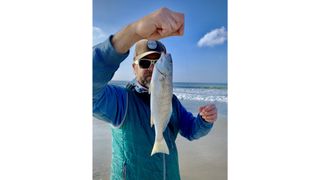
A circle hook has an eye and shank in a similar fashion to a J-hook, but a rounder, wider bend and an alarmingly-angled point that sits at a 90-degree angle to the shank, pointing at it rather than parallel to it. This might look odd and like it won’t hook a fish, but this is not the case.
A circle hook is designed to only hook a fish in the lip area and nowhere else. That strange angle on the point ensures it can rattle around the fish’s mouth all it wants, but it’ll only snag the fish when the hook goes to leave its mouth and the circle shape then catches on the lip and the point finds purchase inside the lip.
The circle hook is a great choice if you’re a conservation-minded angler looking to catch and release fish. This is because the unique shape and way it hooks the fish ensures they’re nearly always lip-hooked and easy to release. This is an especially important consideration when fishing for fish such as sharks or large game fish, or any time you want to ensure a swift and easy release.
Circle hooks are great for use with real fishing baits of most types when you can allow the bend of the hook to be as open as possible for maximum hook-ups; lightly hooking a livebait when targeting saltwater species, for example. They’re not so great for lure fishing or when a large bait that covers the hook is used.
When using circle hooks, it’s important not to set the hook as you might with a J-hook. The shape of the circle hook requires it to be exiting or slowly moving away from the fish, so the point can turn when it hits the lip area and set – a vigorous strike will pull it straight out of the fish’s mouth with little chance of a hook hold. A gradual increase in pressure and tightening up to a taking fish will allow the circle hook to work properly.
When to use a treble hook
Treble hooks have three points extending from a single shank and are commonly used on lures of many types. This is because the three points offer improved chances of a hook-up when fish might be snatching at a fast-moving lure or attractor.
Generally, they’re not a great choice for other types of fishing as the three points can be tricky to remove safely, so their day-to-day use is with artificial lures such as crankbaits, other types of hard-bodied lure and sometimes with small baits for trout and similar table fare. Some anglers use a small treble hook as an addition to a single hook on certain lures or with live baits, and this is called a “stinger hook” as it catches fish that might just bite the tail of the bait where the treble is positioned (it’s the sting in the tail…)
Other types of fishing hook
Along with the three most common types of hook described above, double hooks with two points in the style of the treble hook are also available and are used in some fly fishing and saltwater trolling applications but rarely in day-to-day situations. Baitholder hooks with small barbs up the shank to secure baits on the hook are a variant favored by many for worms and soft plastics, as are specific worm hooks for bass fishing that allow a soft plastic bait to be rigged weedless-style.
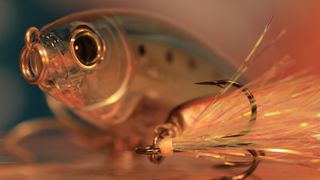
Barbed vs barbless
The barb on a fishing hook is a tiny splinter of metal just below the point that helps keep the hook in the fish’s mouth. The use of barbless hooks with no such addition to the point are increasingly popular as they offer a swift, easy release and are easy to remove from clothes and fingers, too.
By losing the barb, you are slightly reducing the chances of a hooked fish making it to the bank, but an experienced angler who can keep consistent pressure on a fish and not allow the barbless hook any slack to pop out will have no problems. Beginner anglers will learn this technique pretty fast, too, so it’s a good idea to go barbless if you’re starting out and want to catch and release fish like trout or catfish.
Sometimes, local bylaws and fishery rules will dictate the use of barbless hooks for conservation reasons so check the situation before you rig up. A barbed hook can be changed to barbless quickly by crushing the barb with a stout pair of pliers so it forms a smooth bump. For many, this is the best of both worlds and a good compromise.
The best hook sizes
Hook sizes can be confusing and there is little universal agreement when it comes to actual physical dimensions between stated sizes, but we’ll break it down as clearly as possible. Hook sizes start at around 32 for a tiny fry-catching size used in Europe and Asia, up to size 28/0, which is a very large shark-orientated big game hook you could tow a car with.
The scale starts at 32 and initially goes up to size 1 (the smaller the number, the bigger the hook), and after that sizes are listed as 1/0, 2/0, 4/0 and so on until you hit 28/0 (the bigger the number, the bigger the hook). It’s an arcane system but, generally, the sizes above 1/0 are used for larger fish and saltwater applications, whereas the sizes 10 to 1 cover a vast range of freshwater fishing uses in various patterns.
However, one company’s size 4 hook might be the same size as another’s size 2, and so on. To get an idea of what hook sizes look like across the range, try browsing a tackle shop’s range for a while and you’ll get a feel for the physical size in relation to the stated size on the packet. Everyone ends up with their favorite patterns for particular applications, so forming your mental list of the best sizes to use is a useful tactic.
Other factors to consider
Picking the best hook strength is also important and requires a little thought. This might not be that important when targeting small fish like trout, crappie or perch, but if you’re stepping up to larger saltwater species or predators like pike and muskie, choosing a hook with enough strength to land the fish is vital.
Many manufacturers offer sound guidance in this regard and it’ll be obvious if your chosen hook is unsuitable. A fine wire size 2 hook isn’t the best choice for dropping a live sardine for tuna – but a heavy-gauge pattern in the same size would be. Often, these are marketed as Extra, HD, XX or XXX to indicate the extra strong model. Hook colour is of little consideration for most anglers but some favor a red or glow-in-the-dark hook for certain applications, when available.
Hook sharpness is an extremely important consideration, however. Ensure the point is pin-sharp and not turned over, blunt or burred. Switching hooks after each session is vital in many cases and might cost a few cents, but it will improve your catch rate as a well-used hook that’s blunt won’t hook as many fish. A sharpening stone or file is a useful addition to the tackle box. Lightly running the hook point over a fingernail is a common way to assess sharpness; if it scores a line, it’s sharp enough.
Most hooks attach by tying your line to the eye, but some have a flattened piece of metal in place of the eye and require a whipping knot to secure the line to the hook. The line grips the shank of the hook and can’t pull over the wider end piece – this is sometimes known as a spade end.
We hope this guide has explained the considerations around choosing the best hook clearly – you should now be able to confidently select the ideal pattern for your next fishing adventure to ensure maximum hook-ups and a busy day.
An obsessed fisherman since childhood, Ben’s career in fishing has taken him from working as a magazine writer and editor to running his own guiding business in California, where he targets salt and freshwater fish. Ben has decades of experience in selecting the right tackle and honing the best tactics to target all sorts of species, from surf sharks to freshwater catfish, and loves sharing this knowledge. His favorite fishing moments usually involve helping clients catch the fish of a lifetime – and not getting eaten by great white sharks while out on his kayak.

